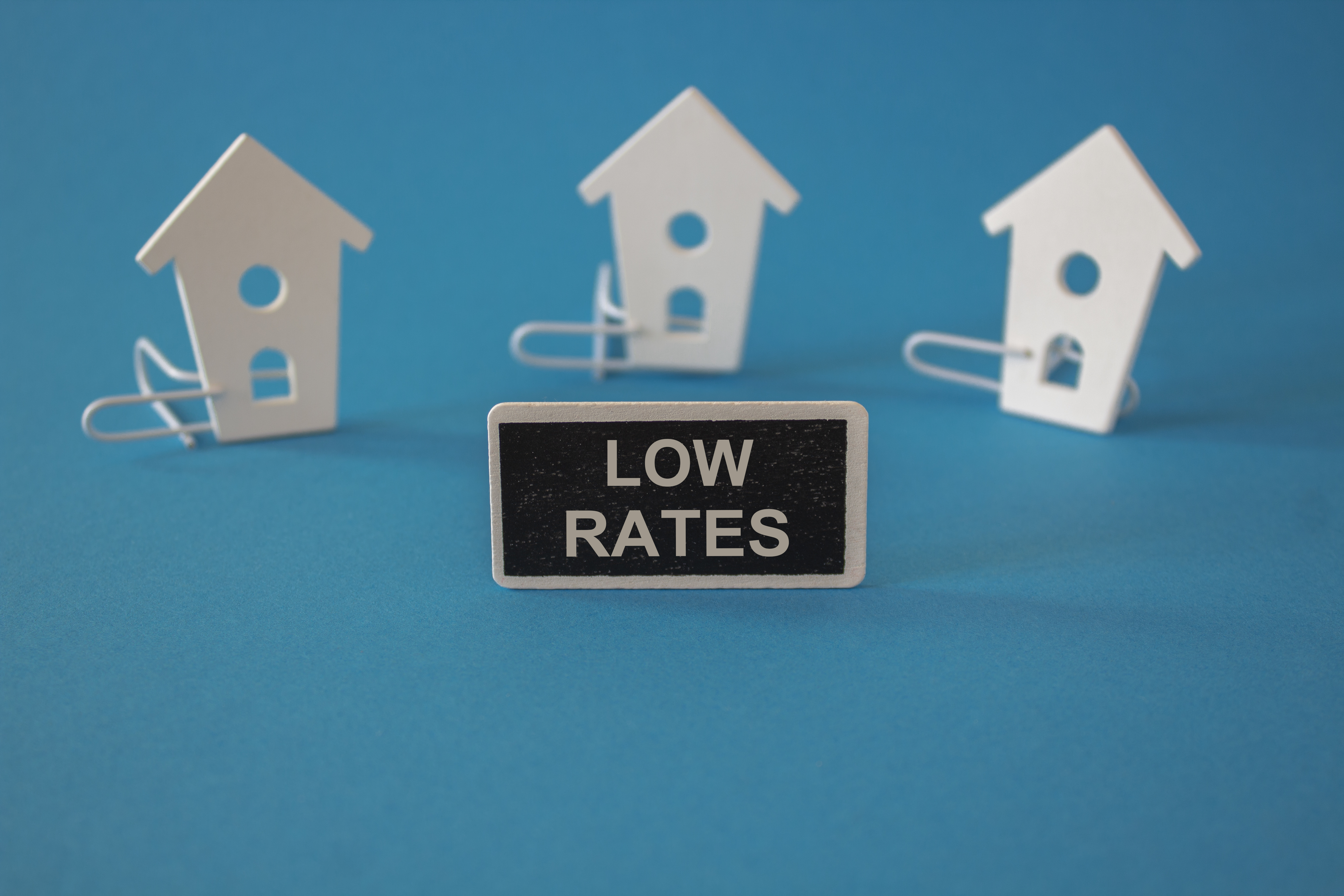How to Prequalify for a Home Loan: Your Step-by-Step Guide

Strong 8k brings an ultra-HD IPTV experience to your living room and your pocket.
When it comes to buying a home, one of the most important steps is understanding your financial situation and determining how much you can afford to borrow. A great way to start is by prequalifying for a home loan. But what exactly does prequalifying mean, and how can it help you in your home-buying journey? In this article, we’ll explore what it means to prequalify for a home loan, why it’s essential, and how you can get started today.
What Does It Mean to Prequalify for a Home Loan?
Prequalifying for a home loan is the process where a lender evaluates your financial situation to determine the amount you might be able to borrow. Unlike pre-approval, which requires a more in-depth assessment of your finances, prequalification is a quicker and more informal process.
Typically, when you prequalify, you’ll provide the lender with basic financial information, such as your income, debts, and credit score. Based on this information, the lender will give you an estimate of the loan amount you could qualify for, as well as the potential interest rates. It’s important to note that prequalification doesn’t guarantee loan approval, but it’s a great starting point in your home-buying process.
Why Should You Prequalify for a Home Loan?
Prequalifying for a home loan has several advantages, especially when you're beginning your home search. Here’s why it’s beneficial:
- Know Your Budget: Prequalification helps you understand how much money you can borrow, which gives you a realistic price range when shopping for homes. This prevents you from wasting time looking at homes outside your financial reach.
- Save Time: By knowing how much you can afford, you can narrow your search to homes that fit your budget. This also helps you avoid the disappointment of falling in love with a property you can’t afford.
- Strengthen Your Position as a Buyer: Although prequalification is not as strong as pre-approval, it shows sellers and real estate agents that you're serious about buying a home and have some financial backing. This can give you an edge in a competitive market.
- Get a Head Start on the Process: Prequalifying for a home loan gives you a sense of the type of mortgage options available to you and any challenges you may face in securing financing. It also allows you to work on addressing any financial issues early on.
How to Prequalify for a Home Loan
Now that you understand the benefits of prequalifying for a home loan, here’s a step-by-step guide on how to get started:
1. Gather Basic Financial Information
To prequalify for a home loan, the lender will need to know some basic financial information. Be ready to provide details on the following:
Income: This includes your salary, bonuses, and any other sources of income. You may need to provide pay stubs or tax returns to verify your income.
Debt: Lenders want to know how much debt you currently have. This includes credit card debt, student loans, car loans, and any other financial obligations.
Assets: You’ll also need to provide information about your savings, investments, and any other assets that could be used as part of your down payment or reserves.
2. Submit Your Information to the Lender
Once you have your financial details ready, you can submit them to the lender. You can typically do this online, over the phone, or in person, depending on the lender's preferred method of communication. In some cases, you may also be asked to provide additional documents or evidence of your financial situation.
3. Wait for the Lender’s Response
After reviewing your financial information, the lender will give you an estimate of the amount you might be able to borrow. They will also provide you with a rough idea of the interest rates and monthly payments based on your creditworthiness. This estimate is usually based on the information you provided, so be sure that everything is accurate to get the most realistic estimate possible.
4. Review the Offer and Decide on Your Next Steps
Once you’ve received the prequalification offer, take some time to review it carefully. The lender’s offer will give you a good idea of your potential loan amount, interest rates, and other relevant terms. If you’re happy with the prequalification, you can start shopping for homes within your budget. However, if you feel the terms are not favorable, or if your financial situation changes, you may choose to revisit your options and make adjustments.
Difference Between Prequalification and Pre-Approval
It’s important to distinguish between prequalification and pre-approval, as they are not the same thing.
Prequalification: As we’ve discussed, this is a preliminary assessment based on basic financial information. It’s quick and easy but doesn’t guarantee loan approval. Prequalification is usually informal and doesn’t involve a deep dive into your credit history or financial situation.
Pre-Approval: Pre-approval is a more in-depth process where the lender evaluates your finances more thoroughly, including reviewing your credit report, verifying your income, and assessing your overall financial health. A pre-approval letter is a much stronger indicator that you will be able to secure financing. In many cases, pre-approval is required before you make an offer on a home, especially in competitive housing markets.
Common Mistakes to Avoid During Prequalification
To make the prequalification process as smooth as possible, avoid these common mistakes:
Providing Inaccurate Information: Ensure that the financial information you provide is accurate and up-to-date. Inaccuracies can lead to a misleading prequalification offer and may complicate the process later on.
Not Considering Other Costs: Prequalification will give you an estimate of the loan amount you might be able to borrow, but don’t forget to factor in other homeownership costs, such as property taxes, insurance, and maintenance. These can affect your budget and monthly payments.
Not Shopping Around: Prequalifying with just one lender may limit your options. It’s always a good idea to reach out to a few different lenders to compare prequalification offers and find the best deal for your situation.
Ignoring Your Credit: While prequalification typically involves a soft inquiry into your credit, it’s still important to check your credit score before applying. If there are issues with your credit, addressing them early on can help improve your prequalification offer.
Conclusion
Prequalifying for a home loan is an essential step in the home-buying process. It gives you a better understanding of how much you can afford to borrow and helps you make more informed decisions when shopping for a home. By following the simple steps outlined above, you can begin your home-buying journey with confidence.
Whether you're looking to buy your first home or refinance an existing one, prequalifying for a loan is a great way to ensure that you’re financially prepared. So, take the first step today by contacting a trusted lender, and start your path to homeownership!
Why Choose Dream Home Mortgage?
Dream Home Mortgage, powered by Brazos National Bank, is here to help guide you through the entire home loan process. Their expert team provides comprehensive mortgage solutions, including assistance with prequalification, to ensure that you find the best loan for your needs. Whether you’re buying your first home or refinancing, Dream Home Mortgage offers reliable services every step of the way.
Note: IndiBlogHub features both user-submitted and editorial content. We do not verify third-party contributions. Read our Disclaimer and Privacy Policyfor details.







